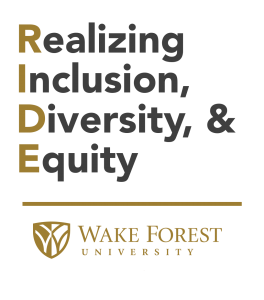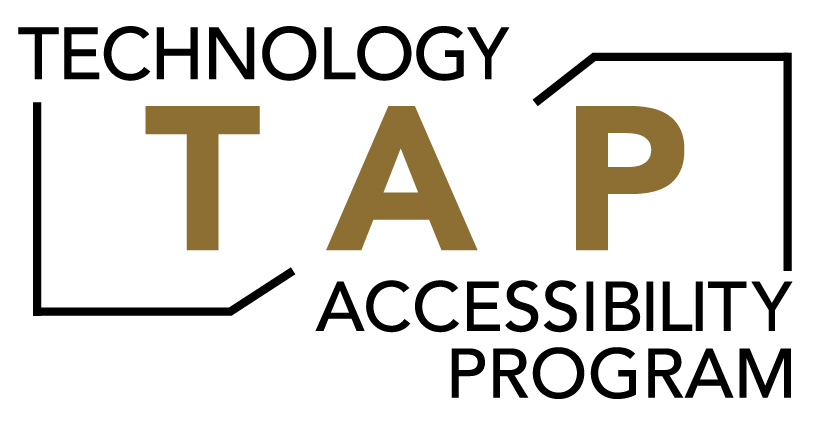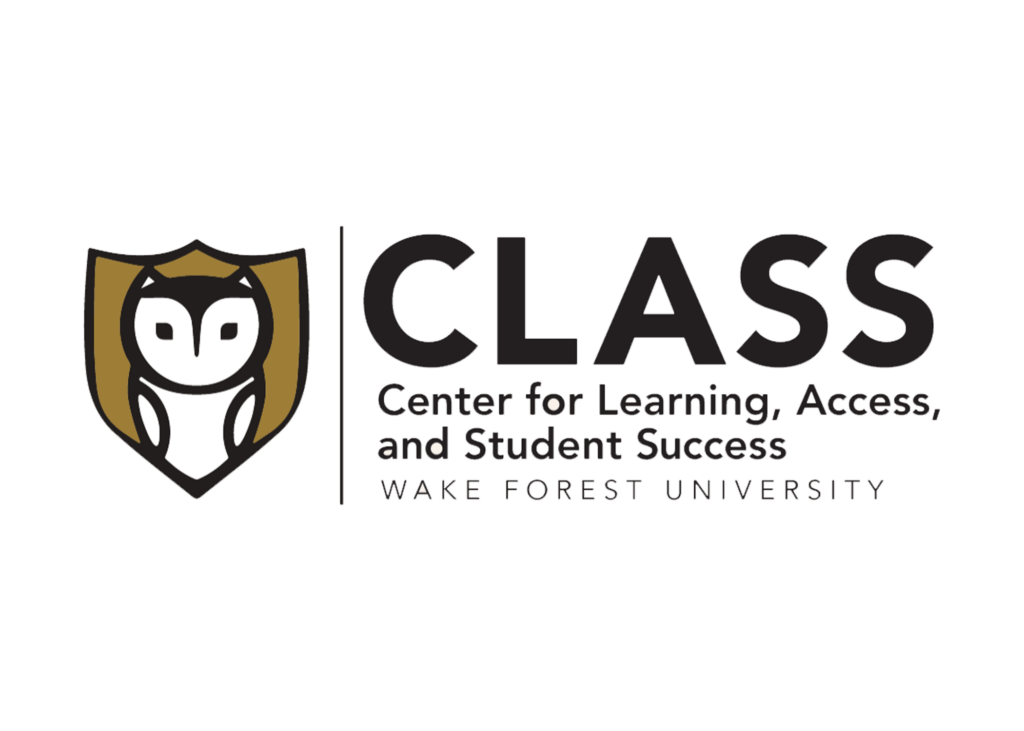R.I.D.E.
R.I.D.E. Commitment
The Office of University Art Collections (OUAC) believes the arts belong to all of us. We commit to Realizing Inclusion, Diversity and Equity through inclusive community engagement, transparency, and access. We are committed to creating a community where all faculty, staff and students feel included, heard and supported. We actively seek out and amplify diverse voices, perspectives, and ideas, knowing that it is through diverse viewpoints where creativity, belonging, and innovation thrives. Through our goals, actions, and accountability, the OUAC is contributing to a more inclusive Wake Forest University.
R.I.D.E. Priority Areas for 2023-2024
Access: Criteria / Resources for Engagement

Transparency in Process, Communication, and Data

Inclusive Community Engagement

Access: Criteria/Resources for Engagement
To ensure equitable access to our internship and ambassadorship opportunities, we list all calls for interns on our website, open for all undergraduates to apply. We are committed to transparency and inclusivity in our recruitment processes, and we encourage individuals from all backgrounds to explore and apply for these opportunities. We are working toward paid internships that will eliminate economic barriers for these experiential learning opportunities.
Transparency in Process, Communication, and Data
We commit to fostering open channels of communication within the University and with external partners and the broader community. This includes transparency and regular updates on collection statistics, sharing relevant information in a timely manner, and actively soliciting feedback to continuously improve our practices.
Inclusive Community Engagement
Inclusive community engagement promotes empathy, understanding, and collaboration, breaking down barriers of discrimination and fostering a sense of belonging. We commit to access to the collection through our online database, the Bloomberg Connects app platform, and through requests to our Office. Furthermore, we are committed to adding accessibility features like image descriptions (through audio and text transcripts), accessibility technology, and tactile models to deliver a more accessible and inclusive art experience.







